Congratulations! You learned how to bake (courtesy of The Bailiwick Academy, of course! *wink *wink*)You are now a budding home baker. Your sales are skyrocketing and you have a waitlist for your best sellers… but is your workspace clean? If you know what I mean. As home bakers, food safety should really be our top priority. We owe it to our clients to give them products that have been crafted in a clean place. No one wants a stray hair tangled in a forkful of cake, do we?
So, how clean should our kitchen be?

We have gathered a lot of important information about food safety from our chat with food technologist Malaya Polidario.
Where We Work
The kitchen is our workspace. We spend hours and hours of mixing, kneading and baking (speaking of baking, we have some awesome courses we’re sure you’d like) here. This is where we create products for our livelihood. Hence, it is just right that we make sure we maintain a clean and sanitary kitchen. In a recent chat with food technologist Ms. Malaya Polidario, she shared with us guidelines to help us ensure that our kitchen is a safe, sanitary and hygienic place for food production.
Guidelines
- The kitchen needs to be enclosed. This is to keep out unwanted elements. Outdoor kitchens, though “in” right now, is really not an ideal spot for baking our ‘panindas’.
- The floors should be smooth, easily cleaned and moisture proof. Those beautiful wooden floors won’t be such a hit in this line of business. In fact, rubberized paint is recommended.
- Walls should be concrete and painted in light colors. This promotes good lighting and dirt, stains and such can easily be detected. Mood lighting ain’t apt here!
- Windows should have screens. This is to keep out our hungry little unwanted visitors such as spiders, ants, cockroaches and the not-so cute rodents. Yeah, they’re only cute in cartoons.
- High ceilings are recommended. It should have a good exhaust system to avoid condensates from forming. Light colored ceilings are also encouraged as it refracts light better. We don’t want some strange looking particle swimming in our soup, right?
- The kitchen should be well lit with white light. This would ensure that contaminants will be easily detected and that the color of the food is its actual color. Light and airy is your palette!
- There should be a regular flowing water source available in the kitchen. Potable water is important for cooking, washing and drinking.
Be Aware Wash With Care
Ms. Polidario also touched on the topic of hand washing and hygiene. We can’t stress this enough. Hand washing is a very important component of food safety. We work with our hands and it is just right that we keep them clean all the time. So, here are helpful tips from Ms. Polidario.
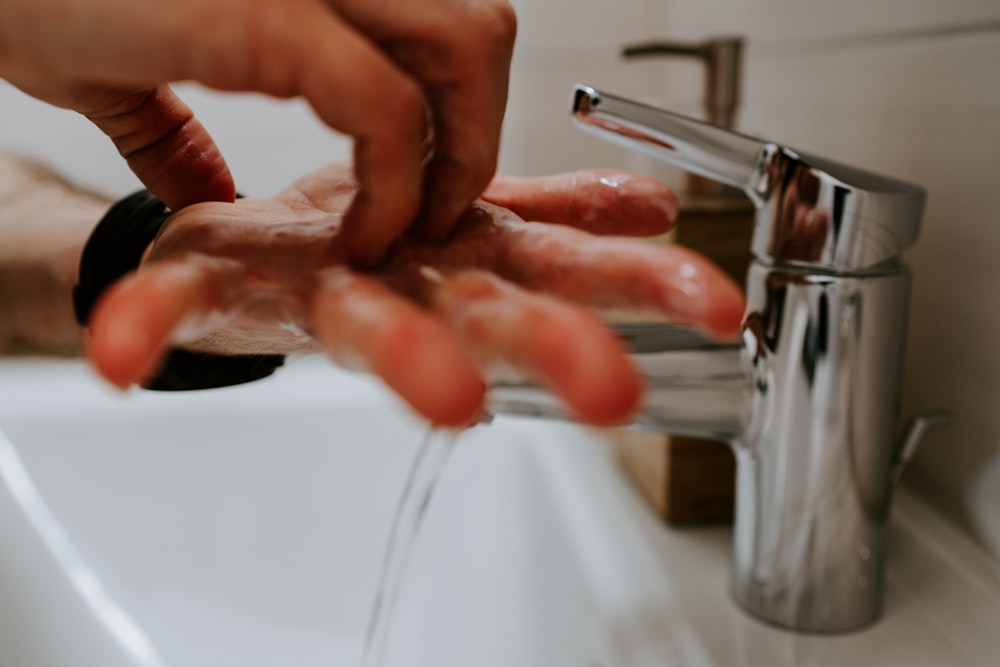
Hand Washing Station
We should have a hand washing station and it should be different from the dish washing area. There should be liquid soap in a liquid soap dispenser, drying tools like disposable towels and an option to have a disinfectant. Ideally, the faucet and soap dispenser should be hand-free. Seems like much? Well, better safe than sorry!
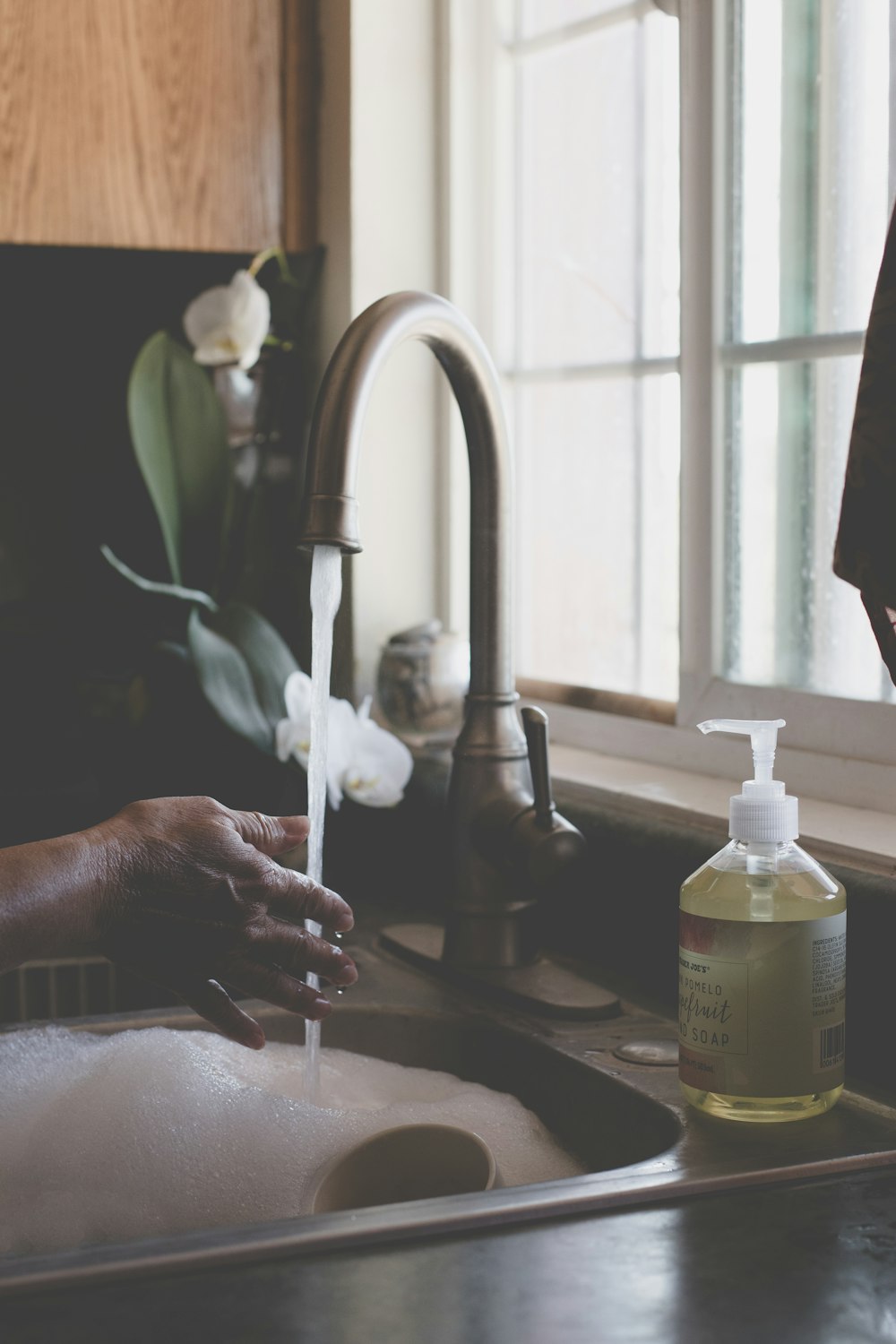
When Do We Wash Our Hands
Just when is the right time to wash our hands? Before and after handling food, we know this much. But did you know that there are more instances in which we need to wash our hands?
- Before we start work
- When we handling raw food
- In between changing gloves
- After using the toilet
- When we handle raw eggs
- After clearing the tables
- After we throw out the trash
Last but not the least, long and artificial fingernails and nail polish are discouraged in food handling.
Plus, jewelry is also prohibited. Yup, even the plain wedding band.
Love the Glove
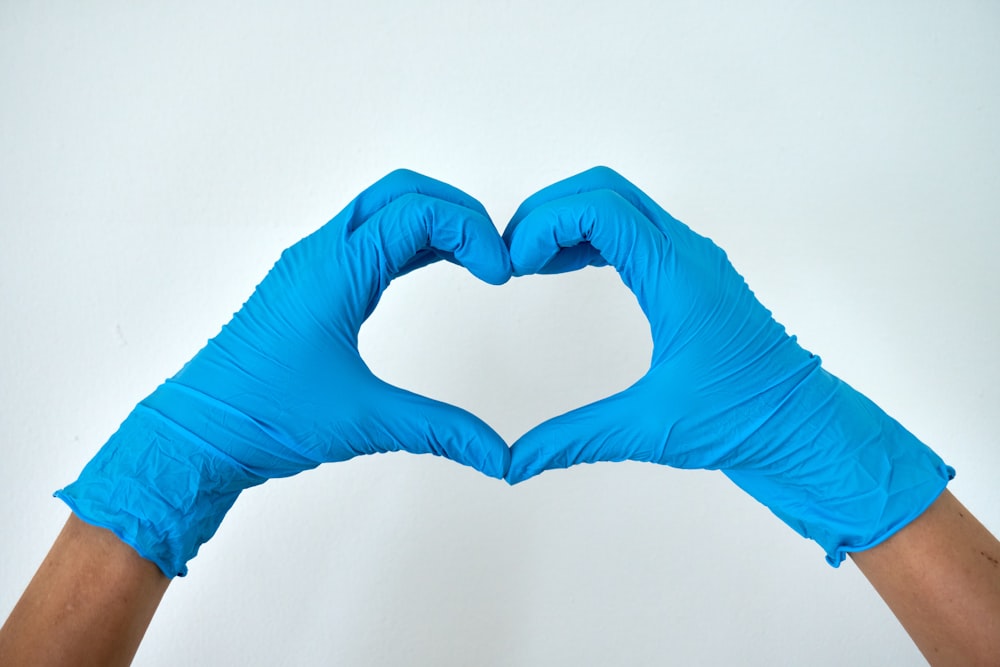
One of the most used tools in the kitchen are the gloves. These handy dandy things protect our hands from dirt, soils and contaminants. Or do they? Ms. Polidario also gave tips on how to use gloves the right way.
- Single use gloves are only to be worn once. Hence, the label “single use”. Nope, don’t keep it for another day. This is where recycling is not good!
- Use the size that is right for your hands. It should be snug, not tight. Comfortable but not loose. It should also enable your work easily and comfortably.
- The need for change… of gloves! If we are doing the same repetitive task we should change our gloves once every 2 hours. And, yep, don’t reuse your gloves.
- We need to wear gloves when handling ready-to-eat food such as salads, sandwiches and baked goods.
- When in the event we really need to use our bare hands, we can only do this with food that will still be cooked.
Squeaky Clean
Oh no! We’re not done yet! There is still more to learn. So, we now know how our workspace will function, we know how to properly wash our hands and use gloves correctly. But we need to learn how to clean and sanitize our workspace to keep it ideal for our livelihood. Per Ms. Polidario:
- We need to clean our kitchen before opening and after opening. No ifs and buts, we need to have everything clean all the time.
- Label the containers when you transfer cleaning and disinfecting solutions. Yeaaah, we don’t want to accidentally drink some cleaning solution and end up in the hospital, right?
- To avoid contamination, cleaning tools are stored away from the food production area.
- It is better to use single-use towels if time is not on your side.
Throw The Trash
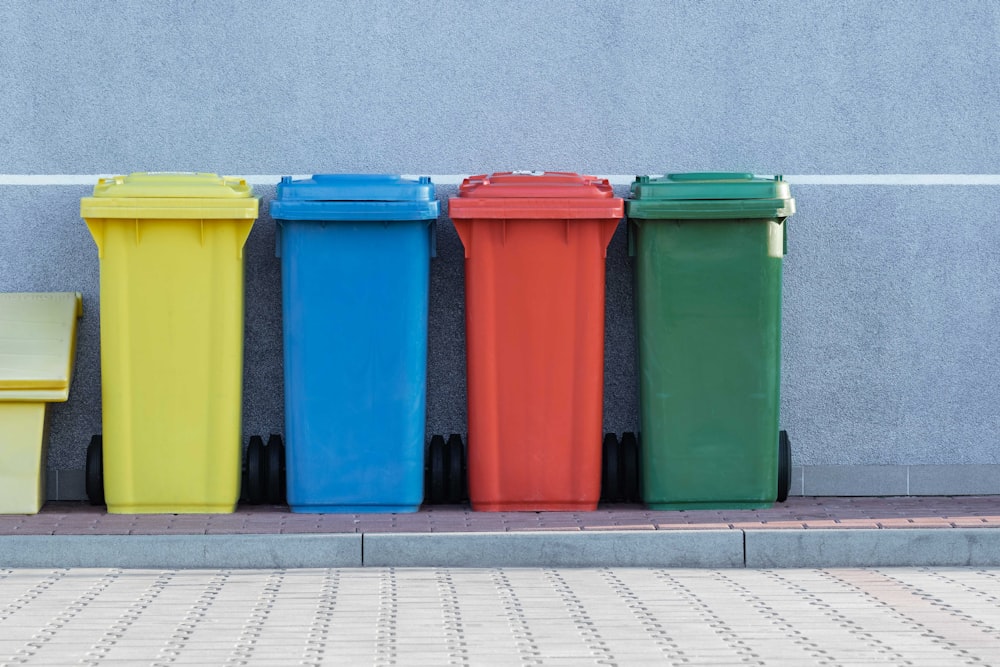
Along with the one mentioned above, effective waste management is essential in food safety. Here are the things we need to remember:
- Segregate biodegradable, non biodegradable and recyclables. This is a pain, I know. But it is a must!
- Keep waste away from the kitchen. Don’t let your garbage can full of garbage stay the night! Ugggh! This will attract nasty icky little pests like flies, cockroaches, spiders and rodents. Daily removal of waste should be the norm.
- Are you familiar with Trademark Control? Remove logos from packaging before throwing away your waste. This is to avoid future problems in the future.
- If you are reusing boxes, bottles and the like, you need to remove the original label and put on a new label. You don’t want to reach for a box of “flour” and you’ll find out too late that it was laundry soap inside, right?
How The Pest Was Won
There are three words for effective pest control. Identification, control and elimination!
We can’t have pests in our kitchens! That is not good for food safety. First, we need to identify the tiny unwanted visitors roaming in our kitchen. We need to know how to control them. How? Well, by doing regular “general cleaning” to remove their sources of food and water. If we use pesticides or baits, we need to change them. Ideally, every three months. These little critters are smart so we need to outsmart them!
Also, take note of this ratio on cleanliness and maintenance of our workspace. 75% cleanliness, 20% good maintenance and 5% application of chemicals.
So, this is how we will win over these pesky little creatures!
After learning all these, do you feel the itch to clean your kitchen right now? I know you do!

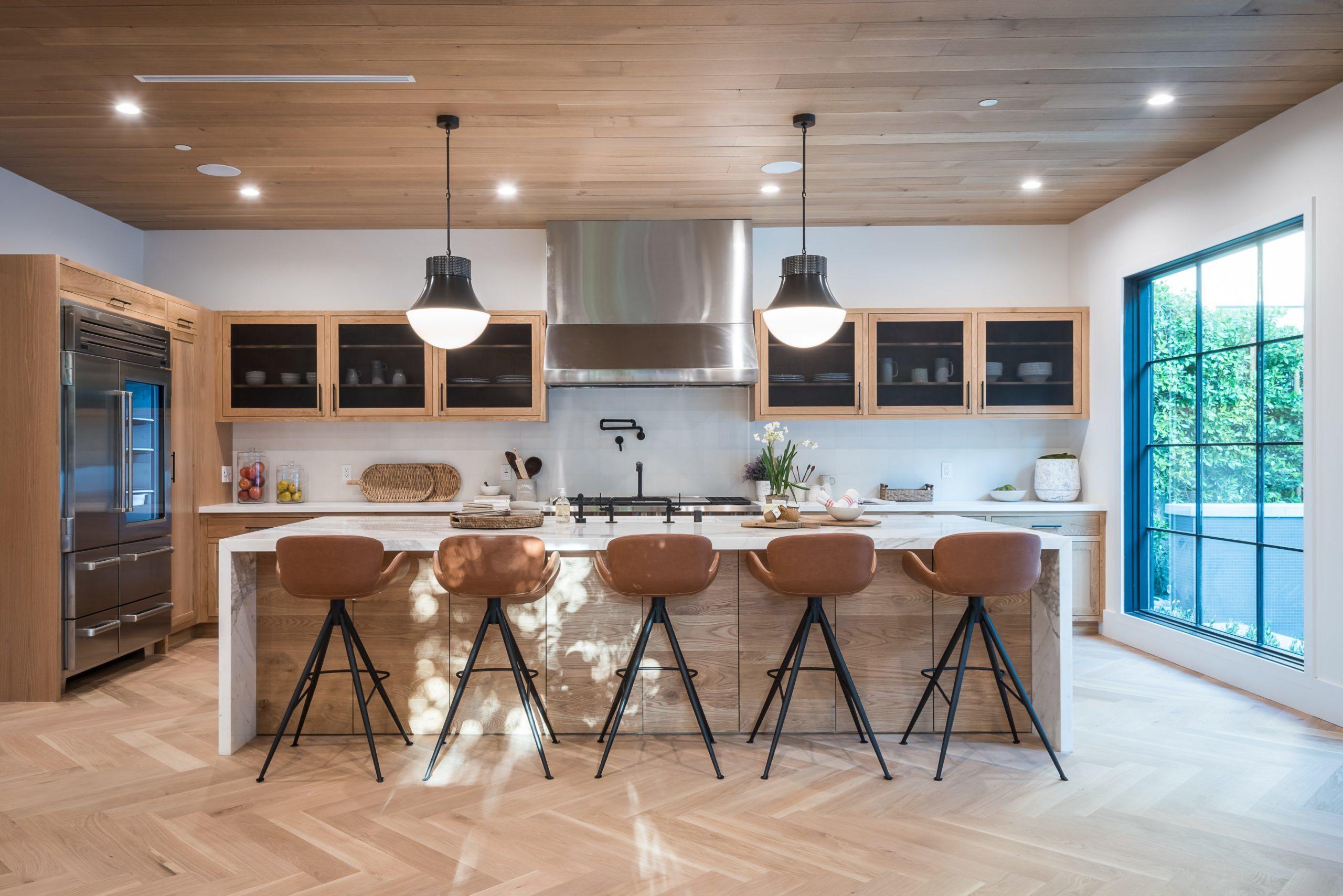
Pingback: Basic Rules of Baking for Beginners [Baker's Dozen Edition]
Pingback: What is the Hawker Food To Try? - The Bailiwick Academy